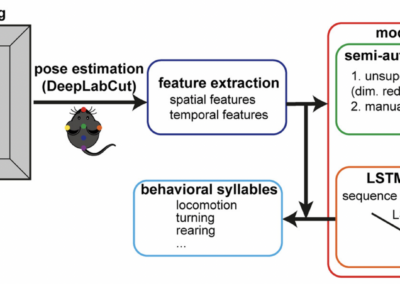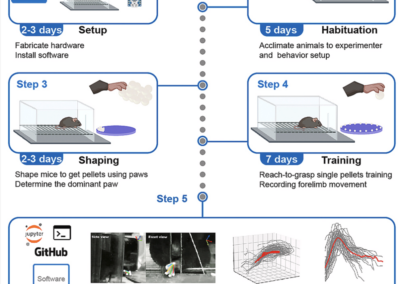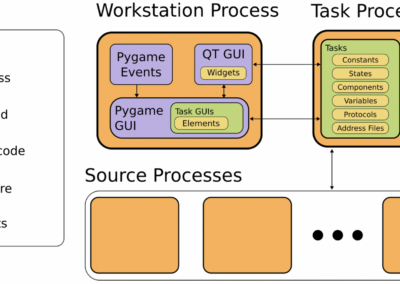Based on the understanding of the “eye-mind hypothesis,” neuroscientists have been utilizing eye-tracking software in their lab settings to collect data for various behavioral studies (more specifically, attention studies). But, with the rapidly changing state of scientific research there has been recent interest in bringing eye-tracking software to an online-based platform. Doing so would unlock new levels of participant accessibility while simultaneously improving data collection methods and programming capabilities of such software. Xiaozhi Yang and Ian Krajbich took on the challenge of incorporating online eye-tracking software into behavioral studies through methods of procedure adjustment and temporal resolution improvement. Using webcam-based, online eye-tracking software, participants were asked to complete a hypothetical food-choice task while their eye movements were being tracked. Yang and Krajbich focused on a JavaScript eye-tracking tool called WebGazer which they integrated into a behavioral study platform using JsPsych (a framework built on JavaScript for behavioral study integration). This WebGazer software uses webcam capabilities to follow the eye-movements of the participant while they attend to a corresponding computer screen. There is no need for any hardware downloading or intense coding background in order to use this software as it is designed for the use of the general public (and in any location with internet access). If interested, you can find and download this software from the following website The interactive capabilities of JavaScript deemed this the best option for the online eye-tracking software, as this would allow participants to use their own webcams for access to the software. Yang and Krajbich tweaked the WebGazer software to fit the criteria needed for a behavioral study by removing unnecessary computational codes for any animations on the WebGazer screen. These changes resulted in an improvement to the temporal resolution of the software, an obvious advantage for behavioral research. In their publication, Yang and Krajbich shared the results of their study where it was concluded this online-based eye-tracking software had promise for behavioral research. While there are still obstacles to be overcome (such as attrition and exclusion criteria), this project showed the flexibility in the programming of softwares like WebGazer. These results add evidence that eye-tracking through online webcams is a likely future feature for behavioral neuroscience. Learn more about this project, implementation, and validation data from the paper! Get access to the software, docs, and tutorials from the Webgazer.js website! It includes great resources and additional information about the tool. This post was brought to you by Donia Siroonian. This project summary is a part of the collection from neuroscience undergraduate students in the Computational Methods course at American University.Webcam-Based Online Eye-Tracking for Behavioral Research
![]()
https://webgazer.cs.brown.edu/#download or from the github repository https://github.com/brownhci/WebGazer. (More links included down below)Read the Paper
Webgazer.js Website
Thanks, Donia!
Have questions? Send us an email!






